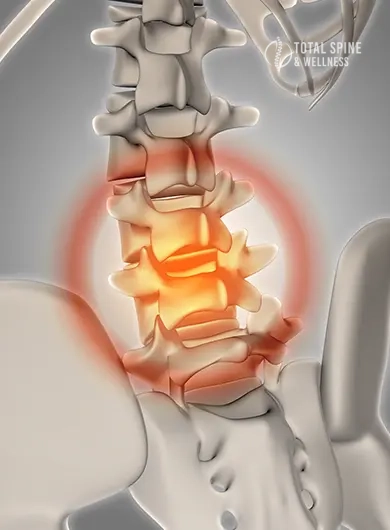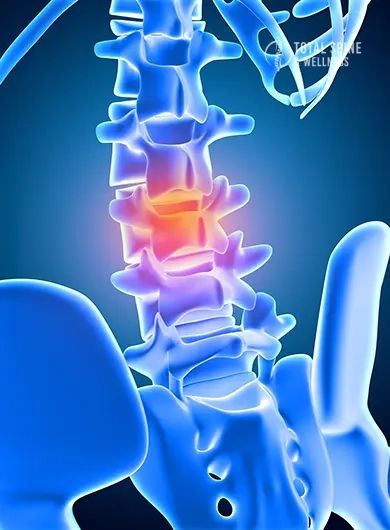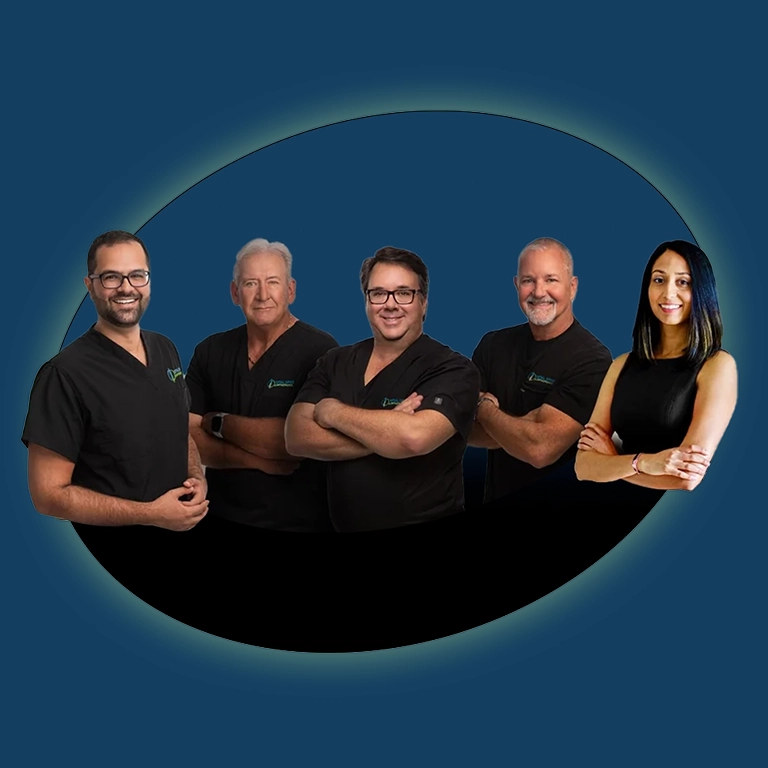Regenerative Medicine 2025: Breakthrough Treatments You Need to Know
Our Team
We are a team of highly specialized spine surgeons dedicated to pioneering the future of spine care.
Share:
Table Of Contents
- What Is Regenerative Medicine Treatment?
- How It Works: The Science Behind the Healing
- Who Is a Candidate? And When Should You Consider It?
- Benefits of Regenerative Medicine Treatments
- How It Compares to Traditional Treatments
- What to Expect From a Regenerative Therapy Session
- Is It Safe? Regulations, FDA, and Clinic Considerations
- Real-Life Applications (Joint Pain, Spine, Sports Injuries...)
- Success Stories & Case Outcomes
- How to Choose the Right Regenerative Medicine Provider
- The Role of Regenerative Medicine in Aging Populations
- Integration with Physical Therapy and Rehabilitation
- Ethical and Clinical Considerations
- The Role of Gene Therapy in Regenerative Medicine
- Understanding the Impact of the Stem Cell Secretome
- Addressing Musculoskeletal Injuries with Regenerative Injections
- Explore Specific Treatments
- Frequently Asked Questions About Regenerative Medicine Treatments
- Conclusion: Book Your Consultation Today
What Is Regenerative Medicine Treatment?
Regenerative medicine treatments are an evolving category of healthcare that focuses on repairing or replacing damaged tissues and organs using biologically active therapies. These treatments are designed to trigger the body’s natural healing processes by delivering targeted cellular or molecular components, such as stem cells, growth factors, or exosomes.
Rather than masking symptoms like conventional therapies, regenerative medicine targets the root causes of degeneration and chronic conditions, promoting long-term recovery. Its scope includes orthobiologics, cellular therapy, and tissue engineering, offering promise for musculoskeletal injuries, joint degeneration, spine disorders, and more.
Types of Regenerative Medicine
There are several types of regenerative medicine, each targeting different aspects of tissue and organ repair. These include stem cell therapy, platelet-rich plasma (PRP), and exosome therapy, each providing unique benefits in terms of healing and regeneration
Regenerative Medicine in Melbourne FL and Orlando
At Total Spine Wellness, we offer advanced regenerative medicine treatments at both our Melbourne and Orlando, Florida locations. Whether you’re struggling with chronic pain, joint degeneration, or spine conditions, our non-surgical therapies—such as PRP, BMAC, stem cell therapy, and exosome injections—are designed to activate your body’s natural healing process and promote long-term recovery.
Our Melbourne FL and Orlando clinics specialize in minimally invasive procedures tailored to athletes, aging adults, and individuals seeking lasting relief from orthopedic conditions. If you’re searching for regenerative medicine in Melbourne FL or Central Florida, discover how our science-backed approach can help you reduce inflammation, regain mobility, and avoid unnecessary surgery.
How It Works: The Science Behind the Healing
Regenerative medicine activates biological mechanisms that repair, rebuild, or replace damaged tissues. The process often involves:
- Mesenchymal stem cells (MSCs): These multipotent cells can differentiate into bone, cartilage, and other tissue types.
- Growth factors: These proteins stimulate cellular regeneration and angiogenesis.
- Exosomes and secretomes: Tiny vesicles secreted by stem cells that modulate inflammation and encourage healing.
- Bioengineered scaffolds: Materials that support the regrowth of tissues.
For example, in bone marrow concentrate (BMAC) therapy, a high concentration of stem cells and growth factors is harvested from the patient’s bone marrow and reinjected into the target area. Learn more about BMAC therapy.
Similarly, adipose-derived stem cells obtained through stromal vascular fraction (SVF) techniques are increasingly being used in regenerative therapies for joint and spinal conditions. Read about stromal vascular fraction cell therapy.
Who Is a Candidate? And When Should You Consider It?
You might consider regenerative medicine treatments if you:
- Suffer from chronic joint pain, disc degeneration, or sports injuries
- Are looking for alternatives to surgery or corticosteroid injections
- Are in early to moderate stages of degenerative joint disease
- Want to reduce downtime and promote faster recovery
- Prefer minimally invasive treatments with long-term benefits
Patients seeking non-surgical relief for musculoskeletal conditions are excellent candidates, especially when standard care hasn’t delivered lasting results.
Benefits of Regenerative Medicine Treatments
There are a number of evidence-based and emerging benefits to regenerative therapies:
- Promotes tissue repair instead of masking pain
- Minimally invasive with fewer risks compared to surgery
- Reduces chronic inflammation at the source
- Delays or prevents the need for joint replacement
- Accelerates recovery from sports injuries
- Restores function and mobility
Many patients choose platelet-rich plasma (PRP) treatment to reduce inflammation, especially in early osteoarthritis cases.
How It Compares to Traditional Treatments
Aspect | Traditional Treatment | Regenerative Medicine |
Objective | Pain relief or symptom management | Tissue healing & regeneration |
Method | Medication, physical therapy, surgery | Biologic injections (cells, plasma, exosomes) |
Invasiveness | Often surgical or pharmaceutical | Minimally invasive procedures |
Recovery Time | Weeks to months | Days to weeks |
Durability | Temporary relief in many cases | Long-term tissue restoration |
What to Expect From a Regenerative Therapy Session

A session is personalized to your diagnosis and therapy choice. Here’s a breakdown:
- Initial Consultation: Medical evaluation, imaging review, and treatment discussion.
- Harvesting (if autologous): Your cells are extracted from bone marrow or adipose tissue.
- Processing: Using advanced centrifuge technology to isolate the regenerative components.
- Injection: Image-guided delivery of the biologic material into the target site.
- Follow-Up: Includes check-ins, imaging (if needed), and progress monitoring.
These sessions often incorporate exosome-based regenerative therapy, especially for patients seeking inflammation modulation and cellular signaling without harvesting their own cells.
Regenerative Medicine Examples
Regenerative medicine examples such as stem cell therapy and PRP are being used to treat a wide range of musculoskeletal injuries and degenerative conditions. These treatments show promising results in reducing pain, restoring function, and delaying the need for surgery.
Is It Safe? Regulations, FDA, and Clinic Considerations
Safety is a top priority in regenerative medicine. The FDA permits certain autologous therapies (those using your own cells) as long as they’re minimally manipulated. It’s crucial to:
- Ensure the provider uses image-guided injections
- Ask about clinical protocols, sterility, and adverse event rates
- Choose clinics that provide informed consent and track long-term outcomes
Umbilical cord blood stem cell treatment is an example of an allogeneic (donor-based) therapy that’s tightly regulated and used primarily under clinical trials or expanded access programs.
Real-Life Applications (Joint Pain, Spine, Sports Injuries...)

Regenerative medicine has transformed care in many areas:
- Spinal disc regeneration: Using PRP and MSCs to restore hydration and height to intervertebral discs. Learn about disc regeneration.
- Joint restoration: Treating knees, hips, and shoulders using stem cells and PRP.
- Tendon repair: Achilles and rotator cuff injuries respond well to biologic therapy.
- Chronic ligament injuries: Avoid long rehab from surgery through targeted injections.
Success Stories & Case Outcomes

Patients often report:
- Improved function within 3–6 weeks
- Long-lasting pain relief (6–18 months or more)
- Avoidance of major surgeries (like total knee replacement)
Example: A 48-year-old athlete with chronic rotator cuff tendinopathy avoided surgery through a combination of PRP and BMAC therapy. Six weeks post-treatment, the patient regained full range of motion and returned to competitive training.
How to Choose the Right Regenerative Medicine Provider
Key points when evaluating clinics:
- Experience in treating your specific condition
- Use of ultrasound or fluoroscopy during procedures
- Licensed, board-certified physicians
- Customized treatment plans with pre- and post-care support
- Compliance with FDA and state regulations
Ask if the clinic also provides access to advanced stem cell therapy options beyond standard PRP.
The Role of Regenerative Medicine in Aging Populations


As the population ages, conditions like osteoarthritis, spinal stenosis, and degenerative disc disease become more common. Regenerative medicine is increasingly being integrated into geriatric care as a proactive solution for these age-related conditions.
- Reduces reliance on opioids or long-term medication
- Preserves independence and quality of life
- Minimizes recovery time for seniors unable to undergo major surgery
By stimulating natural healing in aging tissues, cellular therapies allow older adults to maintain function, mobility, and vitality.
Integration with Physical Therapy and Rehabilitation
One of the most effective ways to enhance outcomes from regenerative treatments is to combine them with physical therapy:
- Customized movement plans can help guide tissue regeneration.
- Rehab programs post-injection improve strength and stability.
- A multi-disciplinary approach maximizes long-term results.
Collaborative treatment plans between regenerative specialists and physical therapists create more effective and sustainable healing for patients.


Ethical and Clinical Considerations
Although promising, regenerative medicine is still evolving. Ethical and clinical guidelines should be respected:
- Avoid unproven stem cell therapies abroad
- Choose FDA-compliant facilities in the U.S.
- Review clinical trial data and provider transparency
Patients should be informed about the limits of current research and encouraged to pursue evidence-based solutions.
The Role of Gene Therapy in Regenerative Medicine
One exciting frontier in regenerative medicine is the integration of gene therapy. By altering or enhancing cellular behavior, gene therapy can boost the effectiveness of stem cell applications. Research is underway in:
- Cartilage regeneration using genetically modified MSCs
- Reducing chronic inflammation through targeted genetic reprogramming
- Improving cell survival after transplantation in ischemic tissues
Though still under clinical investigation, gene-enhanced regenerative therapies could expand the possibilities for complex conditions that previously had limited treatment options.
Understanding the Impact of the Stem Cell Secretome
Beyond just the cells themselves, the stem cell secretome—the array of proteins, lipids, and exosomes secreted by stem cells—has shown tremendous potential. These molecules:
- Help regulate immune responses (immunomodulation)
- Promote vascularization and nutrient supply
- Reduce scar tissue formation
New therapies are emerging that isolate the secretome directly, offering treatment options that bypass the complexities of cell transplantation.
Addressing Musculoskeletal Injuries with Regenerative Injections
Musculoskeletal injuries, whether from overuse, sports trauma, or aging, are ideal targets for regenerative injections. These include:
- Platelet concentrates for partial tears and inflammation
- Adipose-derived stem cells for chronic tendon degeneration
- BMAC injections to accelerate recovery after orthopedic surgeries
This precision-based approach allows clinicians to customize treatment based on tissue type, injury location, and desired outcome—resulting in more targeted healing and reduced downtime.
Explore Specific Treatments
At Total Spine Wellness, we offer a full range of regenerative solutions, to learn more about how these options can help your unique case, explore Total Spine Wellness Treatments.
Frequently Asked Questions About Regenerative Medicine Treatments
1. What are regenerative medicine treatments and how do they work?
Regenerative medicine treatments use biologically active materials like stem cells, PRP, or exosomes to repair, replace, or regenerate damaged tissues. They work by activating the body’s natural healing processes and supporting tissue regeneration, rather than just masking symptoms.
2. What conditions can regenerative medicine treat?
Regenerative medicine is used to treat a wide range of conditions including chronic joint pain, degenerative disc disease, osteoarthritis, tendon injuries, sports injuries, and some autoimmune and neurodegenerative disorders.
3. Are regenerative medicine treatments safe?
Yes, most regenerative therapies—especially autologous treatments using your own cells—are considered safe when performed in licensed clinics following FDA regulations. Choosing a provider experienced in cellular therapy and using guided techniques is key to safety.
4. How do regenerative treatments compare to traditional surgery?
Regenerative treatments are minimally invasive and often provide faster recovery with fewer complications. While surgery may still be necessary for advanced cases, many patients choose regenerative options to avoid surgical risks and downtime.
5. What is the difference between autologous and allogeneic treatments?
Autologous treatments use the patient’s own cells (e.g., bone marrow or adipose-derived stem cells), while allogeneic treatments use donor cells (like umbilical cord blood stem cells). Both have specific use cases depending on the condition and treatment goals.
6. How long does it take to see results from regenerative therapy?
Results vary based on the condition and therapy used. Many patients begin to notice improvements within 2–6 weeks, with continued benefits over several months as tissue healing progresses.
7. Is stem cell therapy FDA-approved in the U.S.?
Some stem cell applications, such as hematopoietic stem cell transplants for blood cancers, are FDA-approved. However, most musculoskeletal applications are currently offered under regulatory exemptions or clinical trials. It’s important to verify that your clinic follows FDA guidelines.
8. Are regenerative treatments covered by insurance?
Currently, most regenerative medicine treatments—such as PRP injections or stem cell therapy—are not covered by insurance, though some providers offer financing or treatment bundles.
9. Can regenerative medicine help with spine and joint pain?
Yes, regenerative medicine is widely used for chronic pain treatment, including disc regeneration, joint preservation, and ligament or tendon repair. Treatments like PRP and MSC injections can restore mobility and reduce inflammation long-term.
10. What should I look for in a regenerative medicine provider?
Choose a clinic with board-certified physicians, documented success in musculoskeletal treatments, access to advanced technologies (like image-guided injections), and transparent clinical protocols. Avoid unlicensed or overseas providers with unproven claims.
Conclusion: Book Your Consultation Today

The landscape of chronic pain and degenerative conditions is changing. Regenerative medicine provides safe, science-backed, and minimally invasive solutions to heal, not just relieve.
Book your consultation with Total Spine Wellness and take the next step toward restored mobility, vitality, and pain-free living.
Ready to Take the First Step?
You don’t have to live with back pain — and you don’t have to face surgery to fix it. At Total Spine Wellness, we offer safe, effective, and research-backed disc regeneration therapies tailored to your needs.
Call us or click below to schedule your personal consultation and find out if regenerative disc therapy is right for you.

